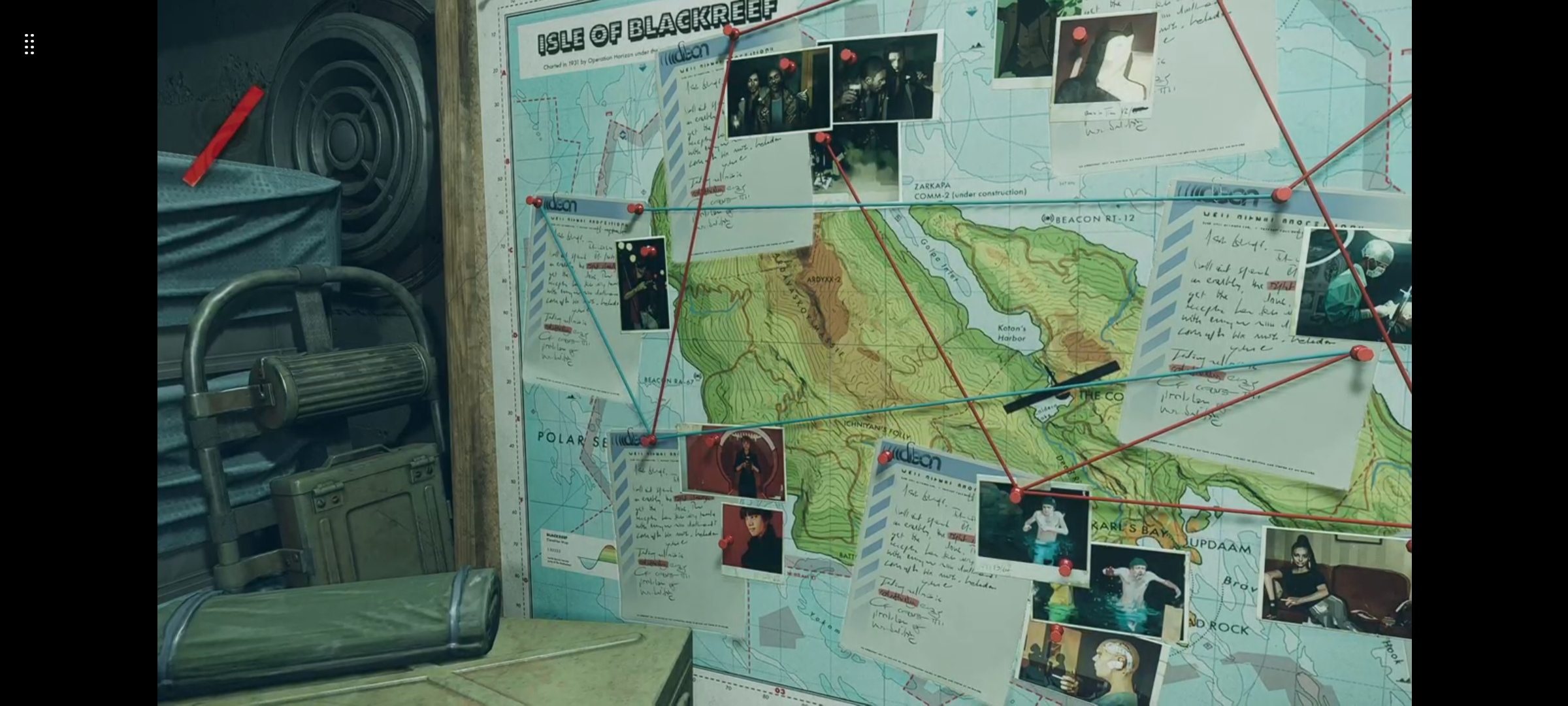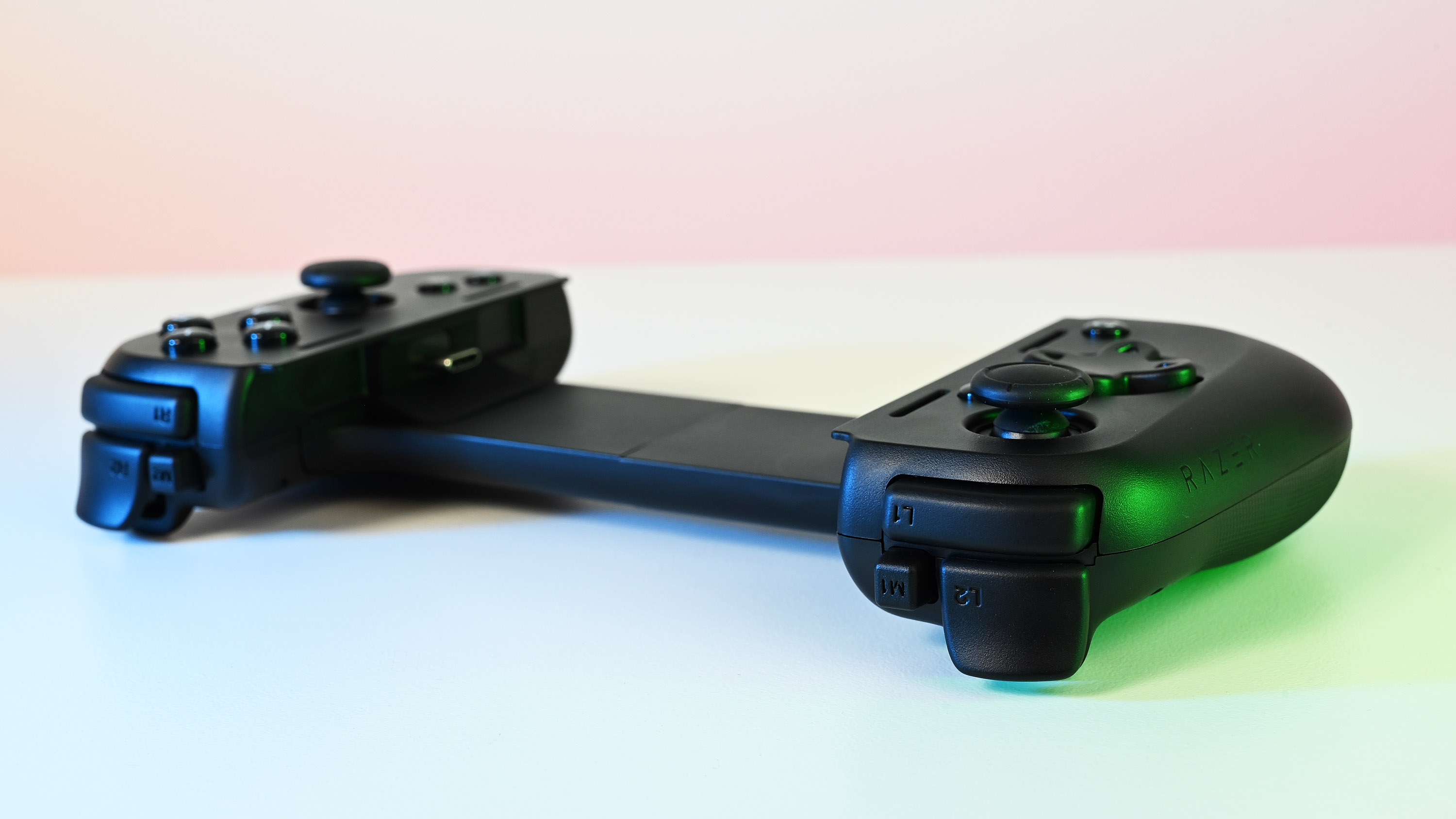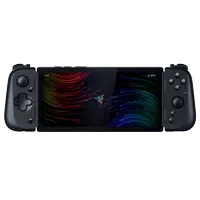The Razer Edge has finally got me back into gaming — here’s why
Sometimes it just takes the right tool to get back into an old hobby.

In an ironic twist, just as gaming keeps getting bigger and bigger every year, my interest in it has fizzled. But, of course, I’m still blown away by all the games, the latest Xbox Series X|S consoles, and I think Valve’s Steam Deck is one of the most significant releases in years.
But due to balancing work and home life and my predilection for reading or watching in-depth YouTube videos, I just haven’t found the time to game. This issue had been building for years to the point I’d have to schedule myself for a gaming session. Despite all of this, I’m running a 13th Gen Core i9 with an NVIDIA RTX 4080 – a PC system most people dream about – and even that’s not enough. Yes, weep for me.
Razer’s new handheld cloud gaming device, aptly named Razer Edge, is changing everything.
I recently bought the Wi-Fi version early, thanks to Razer rewarding its community of followers. I’m blown away by it, even though you could argue I could use my Google Pixel 7 for a similar experience.
But here’s why I think it’s different for me.
For one, there is something to be said for a tool with one purpose (Razer Edge) versus one that tries to be everything (smartphone). Putting some expandable controller on my phone, switching to a gaming mode, draining the battery, and not being able to multitask (yes, I like to use my phone when I game) is not something I enjoy. But when I’m on the couch, I grab the Edge, hit the power button, and I’m gaming in a minute because it’s like every other gaming handheld. That convenience and simplicity are worth it to me.
There’s also the size. Part of me wishes the 6.8” AMOLED display was a smidge bigger, but I find Steam Deck almost too big (as a device, not the screen). Even when I travel, I rarely pack the Steam Deck because its hardshell case takes up enormous room in my backpack. The Razer Edge, by comparison, is much smaller, especially since it comes apart. So next time I must fly (likely in the coming week), the Razer Edge is going with me.
All the latest news, reviews, and guides for Windows and Xbox diehards.
| Header Cell - Column 0 | Razer Edge |
|---|---|
| OS | Android 12 |
| CPU | Snapdragon G3x Gen 1 Gaming Platform (3.0GHz 8-core Qualcomm Kryo CPU) |
| GPU | Qualcomm Adreno GPU |
| RAM | 6 or 8GB LPDDR5 |
| Storage | 128GB |
| Display | 6.8 inches, touch, 2400x1080, AMOLED, 144Hz |
| Audio | 2-way speakers with Verizon Adaptive Sound, 2 digital mics |
| Wireless | Wi-Fi 6E, Bluetooth 5.2, Sub 6, mmWave Verizon 5G |
| Battery | 5000mAh |
| Dimensions | 259.7 x 84.5 x 10.83 mm |
| Weight | 263.8g, 400.8g with controller |
| Color | Black |
And what about the elephant in the room: Cloud gaming? I’ve been using Xbox Cloud Gaming, and I’m about to start testing NVIDIA’s GeForce NOW powered by RTX 4080s. I like it a lot, and choosing between the two services is difficult. I started playing Star Wars Jedi Fallen Order ages ago and, like other games, soon forgot about it. But there it is, in my Xbox Game Pass library. I hit play, and the next thing you know, I’m back in it on a gorgeous 2400x1080 display with 144Hz refresh (while Xbox can’t stream at that rate, everything still seems smooth; plus, GeForce Now can do 144FPS).
Do you know how weird it is to play Jedi Fallen Order (or Deathloop) with console-level graphics on a 6.8” AMOLED handheld? It’s wild. I have no latency issues on my 200MB/s down network, and everything felt normal. (I’ll also be testing the Verizon 5G version of the Razer Edge shortly.)
I’m not alone in this revelation. Our staff writer Zachary Boddy wrote a recent article describing how they now believe in cloud gaming after reviewing Logitech’s G-Cloud. They do a better job of explaining the revelation, so give it a read.
Razer Edge is not for everyone
I get the argument someone is about to make: Use your phone. That’s an acceptable solution for many if it works for you. But for the reasons explained above, I enjoy having a device built only for gaming. That argument isn’t very different from why some prefer gaming on a console versus a gaming PC, so don’t get all holier-than-though with me.
Even for gaming performance, Edge includes venting and a tiny fan for the Snapdragon G3x Gen 1 Gaming processor (3.0GHz 8-core), so nothing gets hot or throttles. I find that important. The size and ergonomics are great, and the display is magnificent, the stereo audio speakers are superb.
The only thing not to like is the $399 price tag, but that’s a ‘you’ problem, not mine.
Do you know how weird it is to play Jedi Fallen Order with console-level graphics on a 6.8” AMOLED handheld? It’s wild.
I won’t throw shade on Valve’s Steam Deck, either. It’s a fantastic piece of hardware, and watching what the community does with it is impressive (and inspiring). But with some of the compromises in performance, lower battery life, colossal size, worse display, lower PPI (215 vs. 387), and constant updating of the OS and the games, I find cloud gaming much more to the point. And games simply look better on the Razer Edge.
Like all things in life, the important lesson is finding the path that works for you. If it took the Razer Edge for me to get back into gaming, so be it — it works for me! Now excuse me while I relax and play some Lego Star Wars.
Stay tuned for our full review of the Razer Edge and related content!
The Razer Edge is a full-fledged Android gaming handheld from Razer, tapping into all the latest mobile games, with easy access to the growing range of game-streaming services like Xbox Cloud Gaming and NVIDIA GeForce Now.

Want to experience the surprise Xbox sensation that is Hi-Fi RUSH? The best way to do so is through Xbox Game Pass, which includes Tango Gameworks' latest masterpiece on Xbox Series X|S, Windows PCs, and the cloud.

Daniel Rubino is the Editor-in-chief of Windows Central. He is also the head reviewer, podcast co-host, and analyst. He has been covering Microsoft since 2007 when this site was called WMExperts (and later Windows Phone Central). His interests include Windows, laptops, next-gen computing, and wearable tech. He has reviewed laptops for over 10 years and is particularly fond of 2-in-1 convertibles, Arm64 processors, new form factors, and thin-and-light PCs. Before all this tech stuff, he worked on a Ph.D. in linguistics, performed polysomnographs in NYC, and was a motion-picture operator for 17 years.





